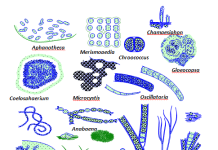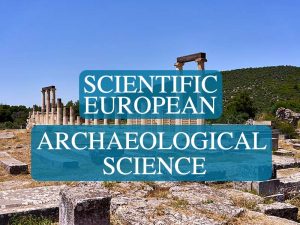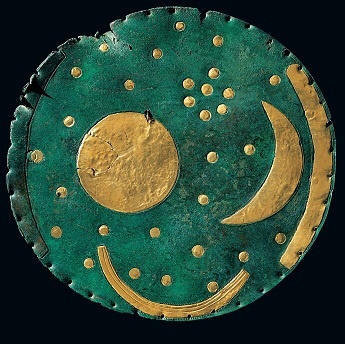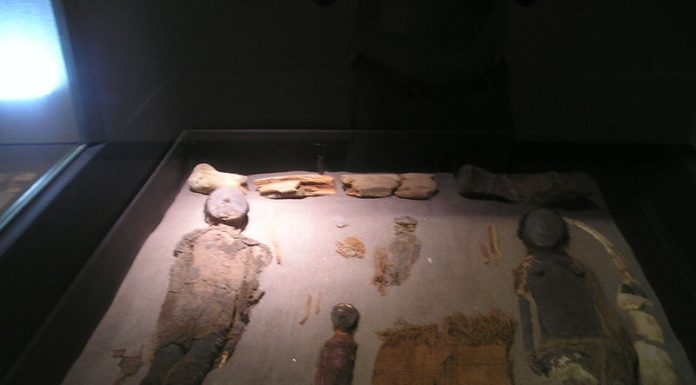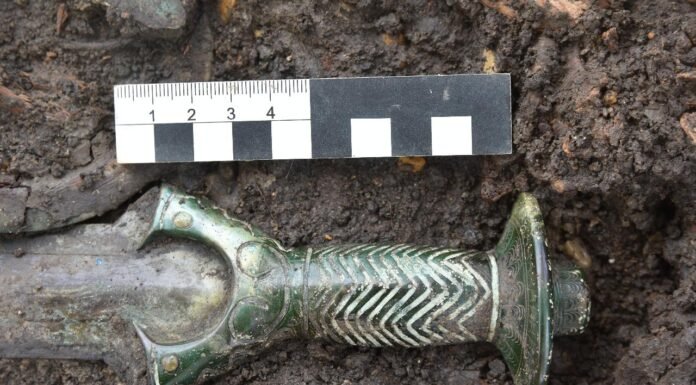Hunter gatherers are often thought of as dumb animalistic folks who lived short, miserable lives. In terms of societal advancements such as technology, hunter gatherer societies were inferior to modern civilized human societies. However, this simplistic perspective prevents individuals...
Bulgaria has proven to be the oldest site in Europe for human existence by virtue of the present scientific evidence using high-precision carbon dating and analysis of proteins and DNA from the homimin remains excavated in the Bacho Kiro...
The origin of sarsens, the larger stones that make the primary architecture of Stonehenge was an enduring mystery for several centuries. The geochemical analysis1 of the data by a team of archaeologists has now shown that these megaliths originated from...
The Harappan Civilisation was not a combination of recently immigrated Central Asians, Iranians or Mesopotamians which imported civilizational knowledge, but instead was a distinct group which genetically diverged long before the advent of HC. Furthermore, due to the suggested...
The Nebra Sky Disk has inspired the logo of the space mission ‘Cosmic Kiss’. This space mission of the European Space Agency is the declaration of love for space.
Ideas from observation of night sky played important role in religious beliefs...
A team involving the Austrian Academy of Sciences have presented a novel microstructural marker for malting in the archaeological record. In doing so, the researchers have also provided evidence of malting in later stone age central Europe. The development...
The oldest evidence of artificial mummification in the world comes from pre-historic Chinchorro culture of South America (in present Northern Chile) which is older than Egyptian by about two millennia. Chinchorro’s artificial mummification began about 5050 BC (against Egypt's 3600 BC).
Every life ceases one day. Since the time...
Chromatography and compound specific isotope analysis of lipid remains in ancient pottery tell a lot about ancient food habits and culinary practices. In the last two decades, this technique has successfully been employed to unravel ancient food practices of...
Information about “family and kinship” systems (which is routinely studied by social anthropology and ethnography) of prehistoric societies is unavailable due to obvious reasons. Tools of ancient DNA research along with archaeological contexts have successfully reconstructed family trees (pedigrees) of...
During excavations in the Donau-Ries in Bavaria in Germany, archaeologists have discovered a well-preserved sword that is over 3000 years old. The weapon is so exceptionally well preserved that it almost still shines.
The bronze sword was found in...
Homo sapiens or the modern human evolved around 200,000 years ago in East Africa near modern-day Ethiopia. They lived in Africa for a long time. About 55,000 years ago they dispersed to different parts of the world including to...
A new study indicates that the two iron artefacts (a hollow hemisphere and a bracelet) in the Treasure of Villena were made using extra-terrestrial meteoritic iron. This suggests that the Treasure was produced in the Late Bronze Age before...
A team of researchers led by Basem Gehad of Supreme Council of Antiquities of Egypt and Yvona Trnka-Amrhein of University of Colorado has uncovered the upper part of the statue of King Ramses II in the Ashmunin region in...



